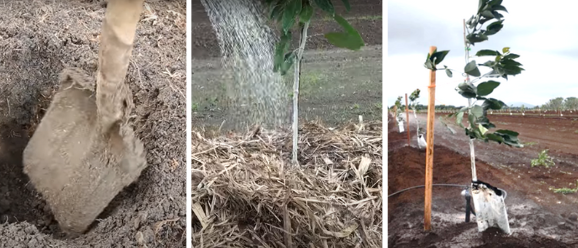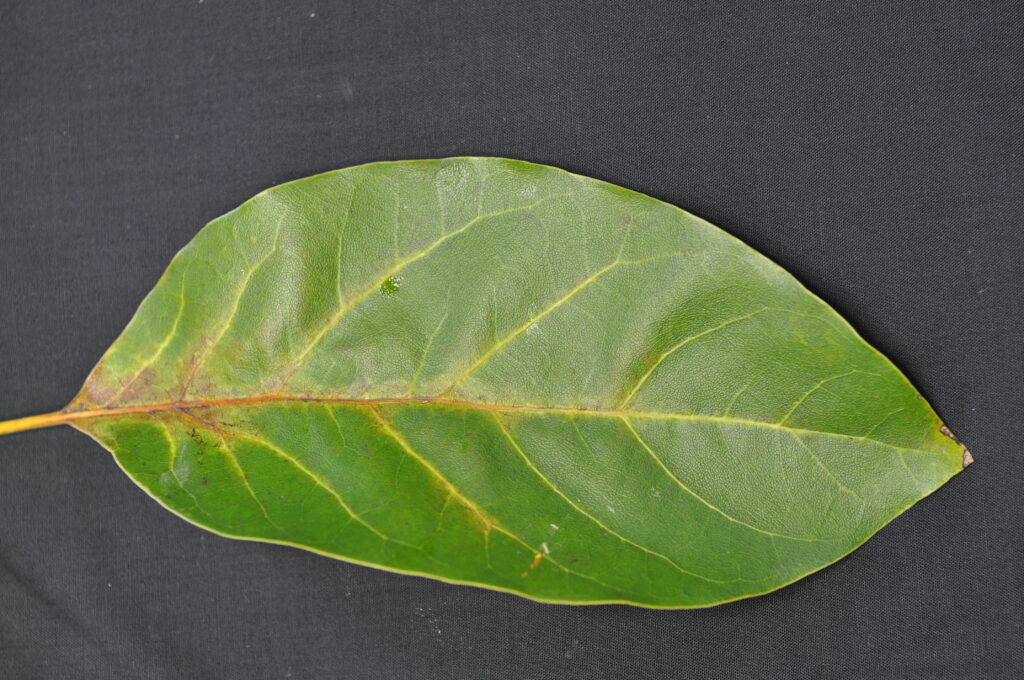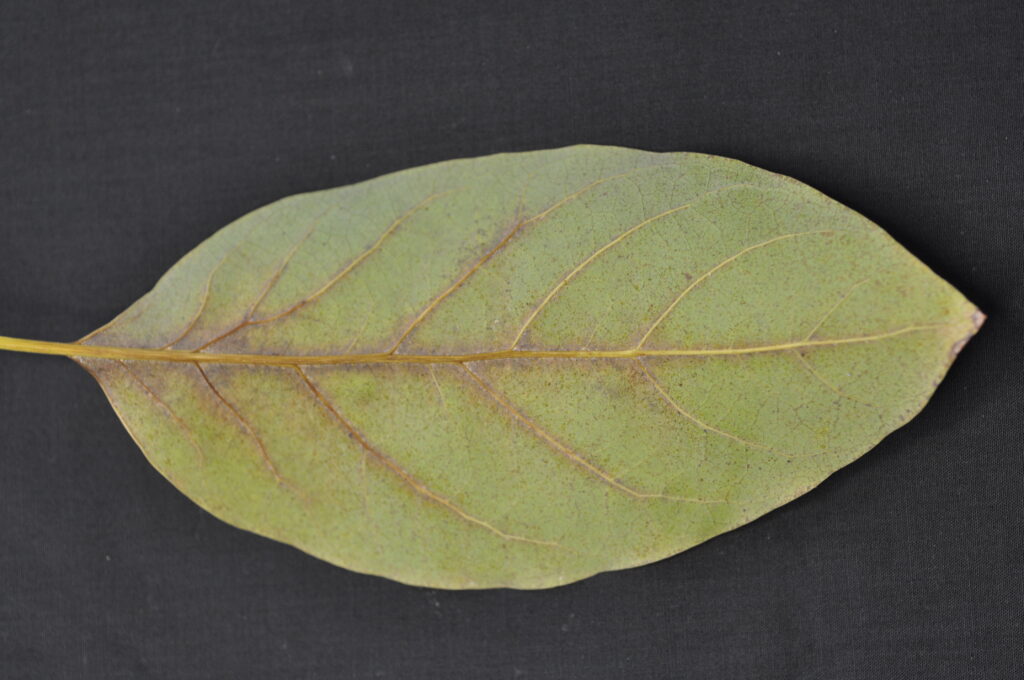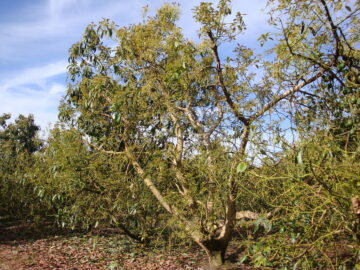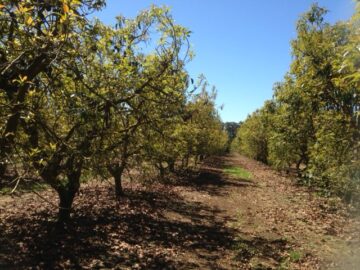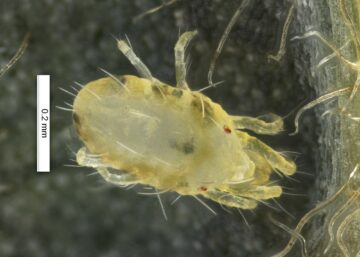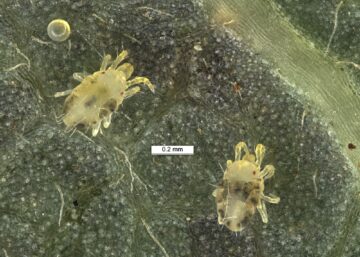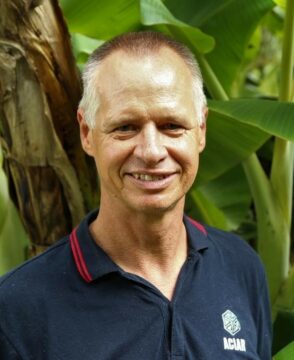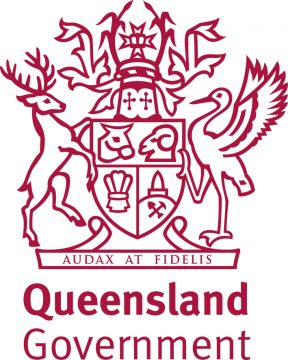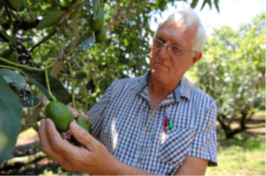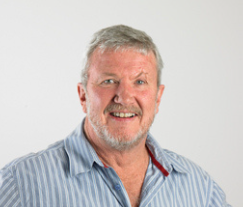Registration, Audit & Accreditation for Protocol Markets
This page provides information and resources to assist growers and packhouses with the registration, audit and accreditation process for accessing the protocol markets (Japan, Thailand and India).
Currently, only Western Australian growers and packhouses can register and be accredited to export to Japan and Thailand, however India is open for all regions of Australia. This page provides an all-encompassing overview on how to prepare you and your business to undertake the process for registration, audit, and accreditation. Some of the resources available from this webpage relate to Japan however these resources are also relevant for those wishing to export to Thailand and India. However, please refer to your country specific protocol in Micor for guidance.
To ensure you are preparing for the market you seek, you must prepare your business against these protocol specific requirements by carefully reading and understanding the country specific protocol which can be located on Micor. To apply for Micor access and to view the country specific protocol, please visit this page – Micor Apply for Access.
Very important – to receive registration notification from the Department of Agriculture, Fisheries and Forestry (DAFF) for the specific country you wish to register and export to, you need to be subscribed to DAFF’s Industry Advice Notice. Subscribe to DAFFs Industry Advisory Notices (IAN) for plants at agriculture.gov.au/export/ controlled-goods/plants-plant-products/ian.
Western Australian and Riverland (Tristate) growers and packers have access to export fresh, hard, mature HASS avocado variety to the Japanese market. Due to an ongoing fruit fly outbreak in the Riverland region, growers and packers from the Riverland region do not have access to Japan until further notice given by DAFF. If you are a grower or packer from the Riverland region and wish to learn more about the current state of the fruit fly outbreak, please refer to South Australian Primary Industry and Regions (PIRSA) link – Fruit Fly In South Australia. If you have any technical enquiries about fruit fly monitoring in the Riverland region, please contact David Hall from PIRSA, Manager, Logistics & Monitoring, Biosecurity – david.hall@sa.gov.au
- A virtual online Japan Avocado Export Information Session took place on Friday 17 March 2023. The information session provided important information relating to the online registration/application process, the Japan protocol, the audit process, and other general updates. If you missed this information session you can view the DAFF “Accredited property registration and protocol requirements” presentation here and the full video of the information session here. Please note that although this is catered for Japan, it remains a very helpful resource to help prepare for your India registrations, particularly the section for online registrations starting at 27.00 minutes. It is highly recommended those wishing to register for India watch this section with interest. For any audit specific enquiries email auditservices@agriculture.gov.au
- For any protocol or export specific enquiries email horticultureexports@agriculture.gov.au
Register a crop monitor on LearnHub. If you do not already have access to Learnhub, email your first and last name, preferred email address and state that avocado is the commodity you are interested in receiving training in to horticulturetraining@aff.gov.au
Important resources to help prepare for your application, accreditation, and audit
Avocados Australia has developed a range of materials, fact sheets, and provided important links to government resources to assist growers and pack houses in preparing to export to Japan, Thailand and India.
Growers (click the link to download the PDFs)
- Grower Video Guide (Duration: 23 minutes 6 seconds)
- Grower pre-season checklist
- Grower audit and record keeping requirements
Packhouses (click the link to download the PDFs)
- Pack House Video Guide (Duration: 25 minutes 21 seconds)
- Packhouse pre-season checklist
- Packhouse audit and record keeping requirements
2023 Sequence of Events
| OVERVIEW – SEQUENCE OF EVENTS |
| · DAFF send out Industry Advice Notice (IAN) with details pertaining to registration dates |
| · Online registrations open |
| · Online registrations close |
| · AAL review registrations for completeness |
| · AAL provide list to DAFF (Horticultural Exports Program and Audit Advisory Board) |
| · DAFF release audit schedule to growers and packers |
| · DAFF undertake a pre-season audit or an in-season audit for ALL growers and packers. In season eligibility is determined by DAFF, and generally based on the registrant’s prior export credentials and experience. |
| · DAFF send approval list to trading partner for review (not a requirement for India) |
| · Export commences for trading partner approved growers and packers |
| · Only Japan and Thailand undertake in-season, onsite audits, for growers and packers. India will not undertake onsite audits. |
Additional resources from DAFF
Contacts
- Audit and Assurance Group contact: 1800 900 090 auditservices@awe.gov.au
- Horticulture Exports Program: horticultureexports@awe.gov.au
Key reference materials for growers and packers
- General guide to export: www.agriculture.gov.au/export/controlled-goods/plants-plant-products/exportersguide
- Plant export conditions database: https://micor.agriculture.gov.au/Plants/Pages/default.aspx
- Register for work plan and protocol access: https://micor.agriculture.gov.au/Pages/Apply-for-access.aspx
- Access these documents (most current protocol and work plan) through here once registered:
- https://micor.agriculture.gov.au/Plants/Pages/Documents.aspx
- Plant export operations manual (PEOM) relevant to all parties: www.agriculture.gov.au/export/controlled-goods/plants-plant-products/plantexportsmanual
- Specific section of the PEOM covering information for growers and packers regarding accredited properties (important information): www.agriculture.gov.au/export/controlled-goods/plants-plant-products/plantexportsmanual#accredited-properties
- Online export accreditation registration system operation manual: http://avocado.org.au/wp-content/uploads/2021/06/Australian-Avocado-export-online-registration-system-USER-MANUAL.pdf
Additional resources from Avocados Australia
- Read more about the status of avocado exports here, in our BPR Export module
- Access/download Avocados Australia’s Maximum Residue Limit (MRL) APP:
FOR ANDROID MOBILES click here | FOR IPHONES click here - Find the current Crop Monitor training information here
- Check our import/export market reports in the BPR Library for further analysis
For more information contact Richard Magney, Chief of Export – Market Access at marketaccess@avocado.org.au or 0477 969 607.
